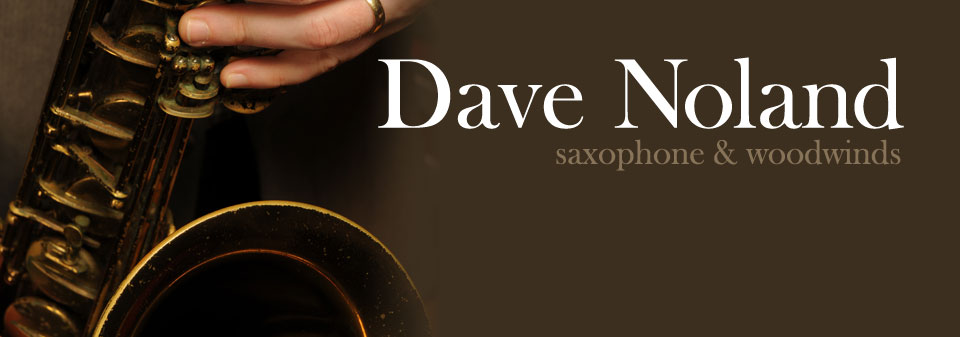 As an educator, I continually find myself in a wide range of situations. Whether
As an educator, I continually find myself in a wide range of situations. Whether
it’s private lessons with a graduate level student or a classroom environment, the goal is always one and the same: to help students discover an artistic vision of quality music that will allow them a greater sense of musicality, ultimately serving them
throughout their lives.
PRIVATE LESSONS
Simply addressing the music presented to a student is only part of the job. The other important component in private instruction is discovering what inspires and motivates each student. Creating a curriculum based on individual needs will encourage them to grow as instrumentalists and musicians. Whatever their inspiration(s), it is important to cherish their passion and use it as a catalyst to grow musically. With a framework for lessons in place, we can address technical issues, both musically and instrumentally.
The focus within a lesson ranges from embouchure and sound development, equipment choices, reed adjustment, music theory, repertoire, phrasing concepts, sight reading, and improvisation. With college level students I spend time periodically, throughout a semester, helping them with career choices and how their music can be applied to the professional music world of teaching or performing. In some instances, if a student is interested in the Broadway pit, I’ll encourage them to sit with me through a performance so they can experience the level of expectation from the conductor and fellow musicians. I also stress the importance for students to experience live music. Attending concerts, masterclasses, and other live music venues is crucial to the development of an aspiring musician.
During the lesson, it is important for the student to be exposed to other genres and styles of music. I believe a musician’s ability to cross reference styles and genres crucial in their musical development. For college performance majors, that ability is important to their survival in most professional situations. For instance, I try to emphasize the importance of classical music for a student whose background and passion is jazz. I’ll not only ask them to prepare and perform certain repertoire written or transcribed for their instrument, but help a student build a library of listening materials to serve as an inspiration and tool for self education.
First and foremost, I often perform with, and for, a student during a lesson. Music is an aural art form and can ultimately be best understood when heard. I spend time during a lesson trading solos and playing duets with the student to emphasize sight-reading and ensemble technique.
ENSEMBLES
Ensemble experience is one of the most important components in a musician’s growth. Performing in an ensemble is also one of the primary reasons we become musicians in the first place. Whether it’s a concert band, orchestra, choir, jazz quintet, or a saxophone quartet, ensembles not only give the musician a chance to apply the things they’ve been working on, they most notably stress the importance of teamwork. An ensemble’s emphasis is the musician’s ability to play alongside others with a similar goal in mind: to successfully execute music to the highest level of their ability in order for the audience to have a high quality musical experience.
As an ensemble instructor, my goal is to develop the overall sound of the group into one that involves every section and member of the ensemble performing to the best of their abilities. While private lessons tend to focus primarily on the execution of a piece of music, ensembles give a student the experience to develop a cohesive blend of the people with whom they are playing. This involves accurate time feel, pitch, sound concept, and an understanding of the particular period and style of the piece performed. Whether it’s a big band, orchestra, or saxophone quartet, each part should be analyzed to understand the key components of each part within the ensemble both melodically and harmonically. Exposure to great ensemble playing via audio and video is also a key ingredient in enriching the student’s exposure to correct ensemble playing.
CLASSROOM
The classroom experience is the platform societies have used for years to expose students to subject information. The direction this information takes is the responsibility of the instructor. A good classroom instructor engages the class with thought provoking questions and assignments, answering questions with care and passion.
As a classroom instructor, I try to present information in a challenging and engaging way, encouraging each student to participate. I have found that each class moves at their own pace, so I strive to create lesson plans and curriculum that includes both structure and flexibility, giving the class a more organic and engaging feel. It also encourages the students to feel that they are not only being listened to, but that their educational needs are being addressed and the information is presented as clear as possible. Understanding how the information applies to the outside world and their everyday lives is a prime focus in my classroom, and ultimately the student’s firm understanding of all the subject matters.
